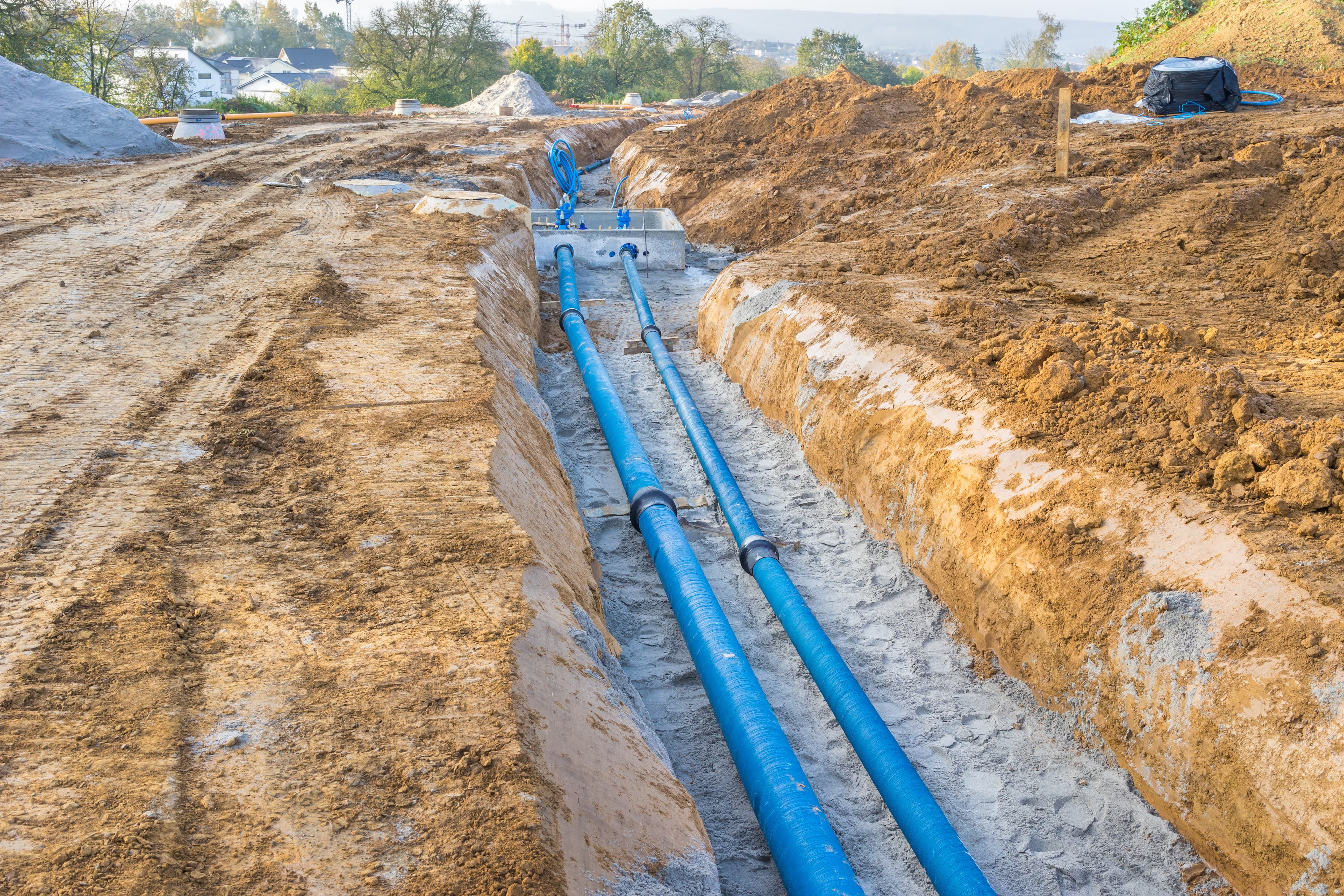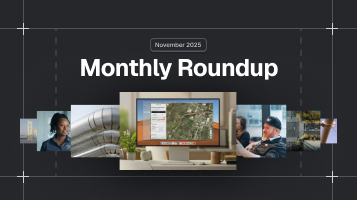Texas Transportation Commission Adopts 10-year Road Construction Plan
Written by

Published on
March 7, 2023


Table of contents
Texas has been plagued by traffic congestion and poor quality of roads for a very long time. The problem is particularly acute in rural areas and remote communities. There have also been incidents related to road safety, and as a result, there is a growing clamor for improving the road system in Texas.
With this in mind, the governor of Texas, Greg Abbott, announced an $85 billion project spread across a decade to construct roads across the state. The plan, known as the Unified Transportation Programme (UTC), is expected to make Texas' transportation infrastructure world-class. What remains to be seen is if the Texas Department of Transportation (TxDOT) will conduct the projects carefully.
Governor Abbott goes big on Texas road transportation infrastructure.
Regarding the project, Governor Abbott said it is a critical step towards addressing the diverse needs of people in Texas's rural and urban areas. He highlighted the fast-paced growth of the state and how important it is to meet the needs of transportation across Texas. The program consists of a 188-page document that details construction and development across 562 sites in Texas.
The construction and repair-related projects will cover highways, maritime, aviation, and public transportation. In addition, the projects will take environmental analysis and right-of-way acquisition into consideration as well. The Texas government cannot take any risk with such an extensive project. This is precisely where utility mapping comes into the picture.
What is the Unified Transportation Programme (UTC)?
The UTC acts as a master document for the TxDOT. It connects different agendas, such as the rural, metropolitan, and even statewide long-range transportation plans. In addition, the UTP also considers the statewide transportation improvement program, which is already part of a four-year construction plan.
The UTP has been chiefly concerned with the safety and congestion issues that have plagued Texan roads. Maintaining these roads, especially in rural areas, has been a challenge for most of the authorities in the past. This project will coincide with an additional $32 billion spread across ten years to maintain and develop transportation projects. These include over 7000 transportation projects and a budget of over $117 billion.
The growth story of Texas necessitates infrastructural development.
A record number of people are moving to Texas because of increased job opportunities and perceived quality of life. Indeed, studies show that migration into Texas has increased dramatically in the last few years. With this, there has also been an increase in vehicular traffic, the number of cars purchased, and reliance on public transportation. It is no wonder that investing in transport is one of the essential tasks the Texan government has to undertake.
Rural highways in Texas have been mainly neglected. As a result, there has been growing discontent among citizens and those who use this infrastructure. Thankfully the current project aims to expand existing transportation corridors into four-lane divided lanes. Some of the most important highways that will be reconstructed or repaired are US 59, 87, 83, 175, and 281.
Texas is one of the fastest-growing states in the US in terms of population. It also has an identity of its own, and people tend to be aware of their rights. Hence, any damage to utilities may result in litigation and unnecessary delays. Contractors and civil engineers must consider this and ensure they have all the necessary information regarding what lies below and above the ground.
Considering this is a mega project, gas, electricity, water pipelines, telecommunication, and other infrastructure will be affected. A project of this magnitude cannot afford to begin without conducting accurate mapping.
What are the ramifications of this state-level program?
Let us consider a few facts. Whenever such an enormous program is planned, several communities will be affected. Construction projects related to highways and transportation infrastructure are highly intrusive and require much digging around existing utilities. These projects are handed out to civil engineering firms and general contractors, who become responsible for risk mitigation.
As it is a known fact that the Texan authorities often do not share or even hold accurately map utilities, contractors and civil engineers will have a difficult time ensuring that they are not damaged mistakenly. Such damages will prove to be very expensive, and those responsible for the projects may have to pay penalties.
In addition to rural highways, the program also looks at metropolitan and urban transportation infrastructure. This means civil engineers and general contractors must navigate various utility infrastructures in densely populated regions. Calling 811, although mandated by law, will not suffice for projects of this nature, and proceeding without adequate information will lead to disastrous consequences.
4M Analytics' mapping solutions will help both civil engineering firms and general contractors get an accurate idea about various utilities, utility owners, and conflicting entities in the areas where work is supposed to occur.
Utility conflicts are bound to occur.
It is important to note that this state-level program does not restrict itself to public transportation and highways. It also includes aviation, rail, flight, and international trade. This means multiple entities are involved whose permission will have to be sought by civil engineering firms and general contractors. Utility conflicts may repeatedly arise if due diligence is not performed.
Utility conflicts can result in delays and failures of projects. An accurate image of all the utilities in a particular area will help contractors and engineering firms to avoid conflict and ensure that a project goes through smoothly. 4M's technological solution is made for tasks such as this, as it uses different techniques to provide real-time data regarding utilities and their owners.
What could be the outcome of these projects?
TxDOT is trying to make several changes to existing highways. To begin with, it plans to make roads more forgiving of drivers' behaviors. For instance, roadside rumble strips will alert drivers if they stray from the path. They will also install medians to prevent head-on collisions. Other improvements include implementing LED signs and radar sensors to prevent accidents.
While the reasons for the project are noble, there is not much foresight into the impact on existing utilities. The government's document makes a lot of claims about how to preserve assets and optimize system performance but does not mention possible damage to utilities.
This is yet another example of how known and unknown utilities are taken for granted, leading to disastrous consequences for both the communities where the projects will be undertaken and also for the workers themselves. We strongly encourage contractors and civil engineers to use mapping technologies such as ours to avoid disasters and complete tasks quickly and smoothly.
Large infrastructural projects require advanced mapping solutions
This project will likely result in 58,000 direct and indirect jobs and will help the local community improve its economy. It will also attract investment to Texas as its infrastructure will improve. Several benefits are associated with this project, and we certainly hope it is fruitful.
However, our concerns regarding damage to utilities remain. Ambitious projects like this one often miss the devil lurking in the details. In this case, we hope that the decision-makers take the fragility of the utilities into account, especially since Texas has a lot of underground gas pipelines.
Our platform is the ultimate source of utility data. Providing contractors and civil engineers with a variety of information regarding utilities under the ground. Even abandoned utilities are recognized so that damage and accidents are avoided.
Contact us today to discover how our mapping solutions help avoid utility conflicts and damage to existing utility infrastructure.
Recent blog posts

Our Newsletter
Join 7k infrastructure professionals
Get monthly insights on ways to build smarter, faster and safer with Utility AI.

.avif)




